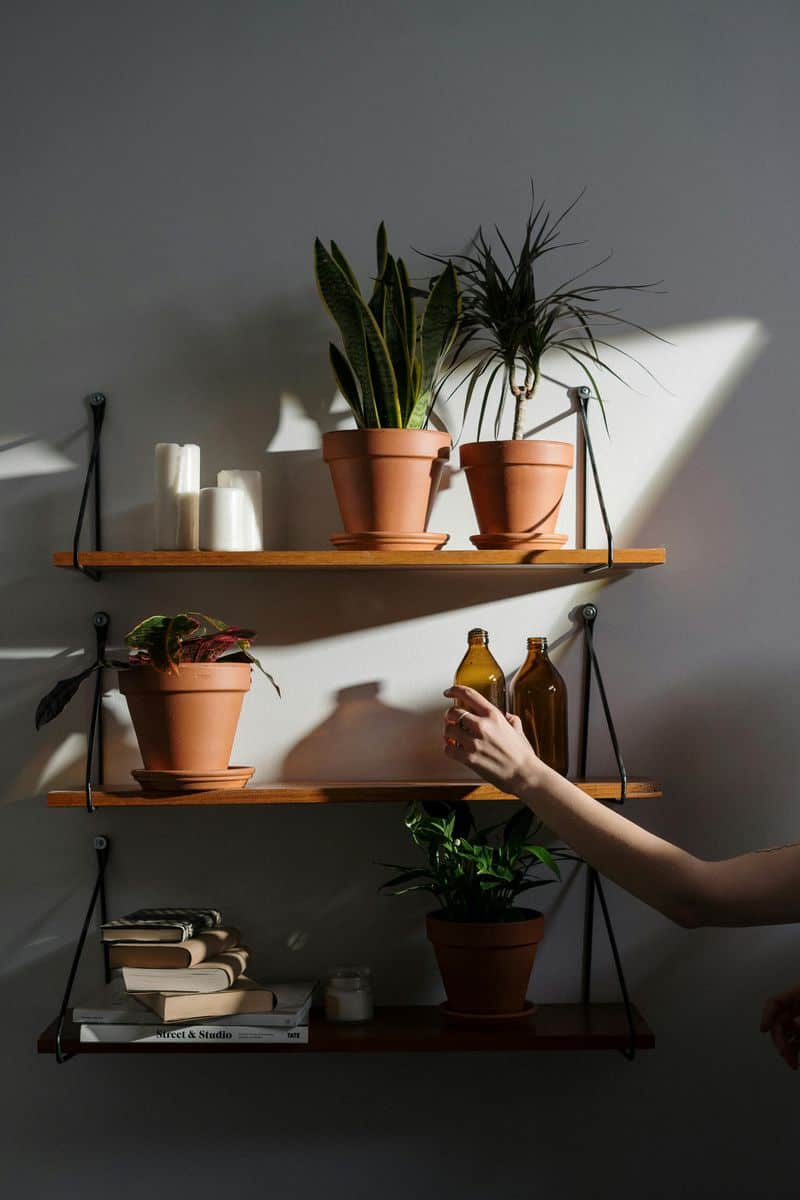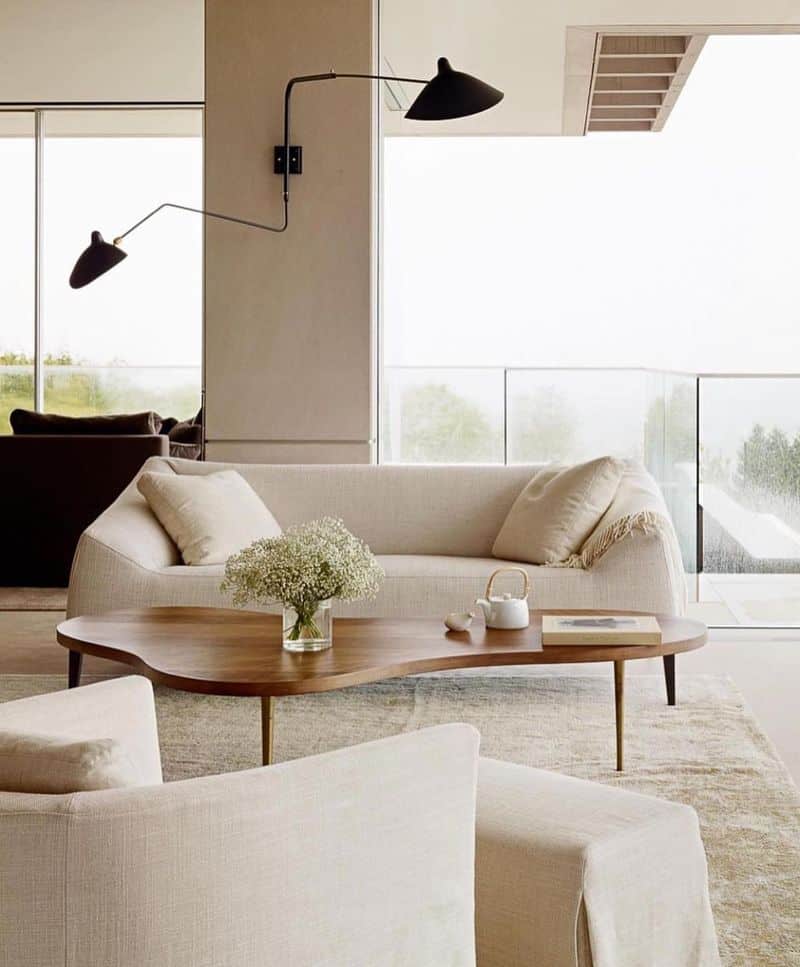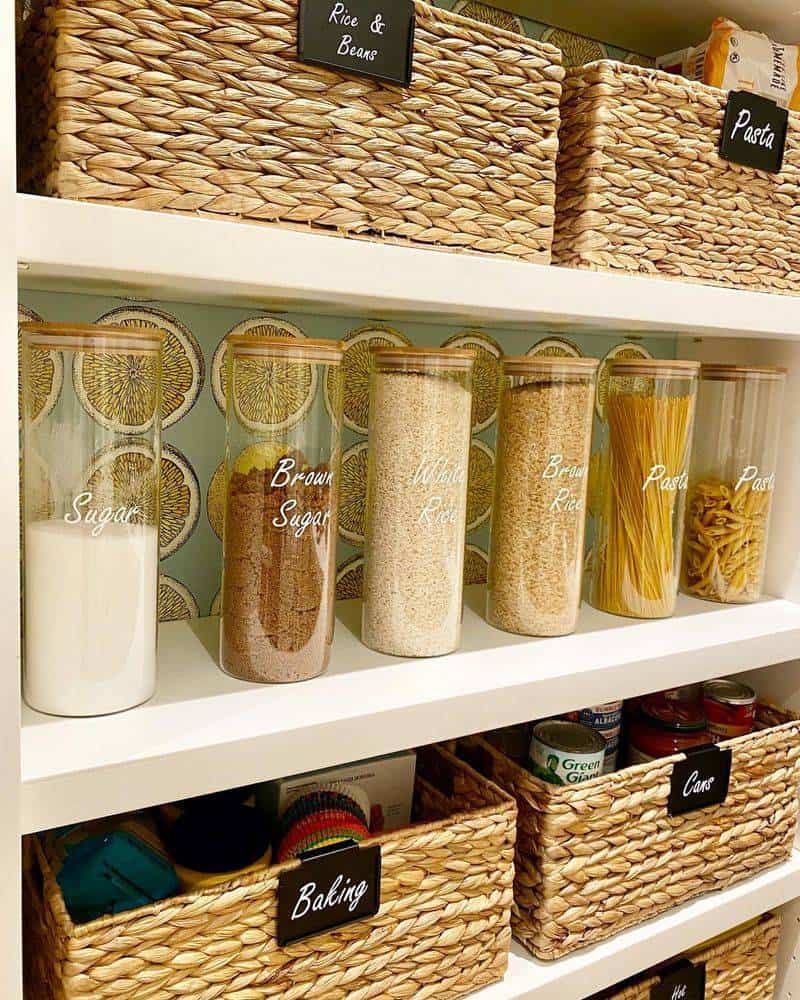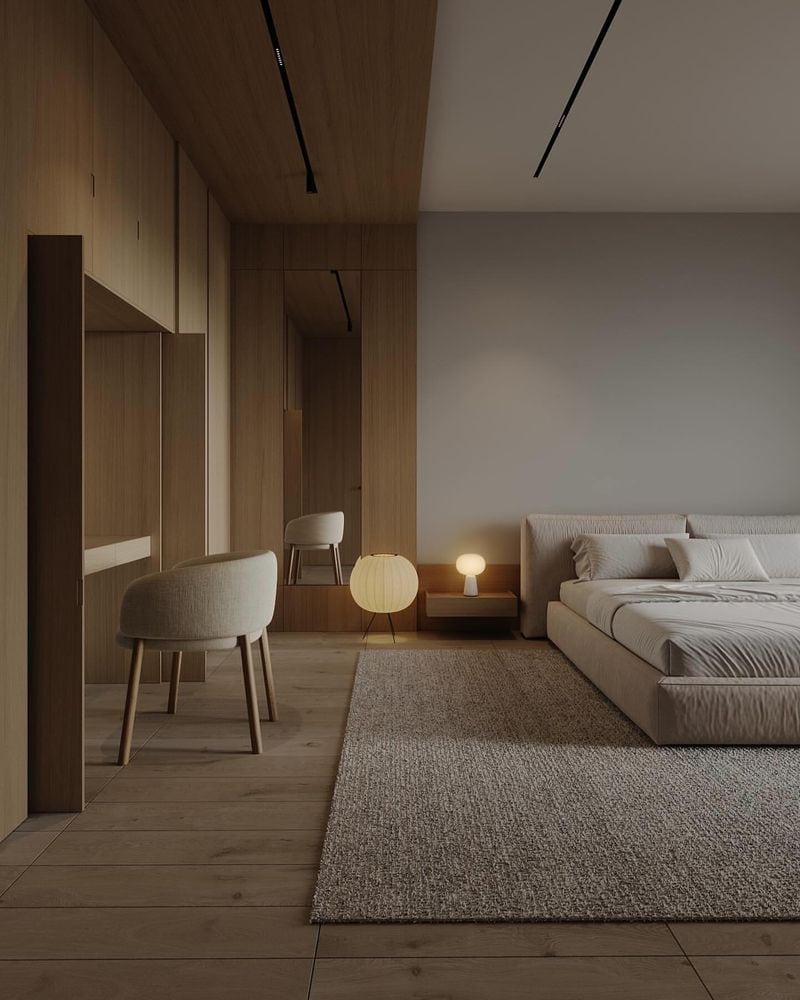Decluttering is a popular trend in home organization and lifestyle improvement. Yet, not all tips deliver desired results.
Some strategies promise a clutter-free life but fall short in practicality. In this post, we’ll explore five decluttering tips that simply don’t work as advertised.
Understanding their limitations can save time and frustration, helping you focus on more effective solutions.
1. You Can Be Organized 24/7
The idea of maintaining perfect organization around the clock is appealing but unrealistic. Life’s unpredictability often disrupts even the best-laid plans.
While aiming for 24/7 tidiness, you may miss out on living in the moment.
Expecting constant perfection can lead to stress and burnout. Small mishaps and unexpected events demand flexibility. Embrace occasional mess as part of life’s rhythm.
Instead of striving for 24/7 organization, set realistic goals and allow room for daily adjustments. Balance is key, and happiness often lies in imperfection.
2. Decluttering Once In a While Is Enough
Decluttering sporadically might seem sufficient, but it often leads to clutter rebounds. Without regular upkeep, disorganization slowly creeps back in. A one-time purge can be liberating but isn’t sustainable.
Regular maintenance is essential to keep clutter in check. Develop a routine that integrates consistent decluttering habits.
Consider setting aside time weekly or monthly to reassess your belongings. Regular practice makes decluttering manageable, preventing accumulation and maintaining order throughout your living space.
3. Minimalism Is the Way to Go
Minimalism promises simplicity but can feel restrictive. Stripping down possessions to bare essentials might not suit everyone’s lifestyle. Personal comfort often requires more than minimalism allows.
Extreme minimalism overlooks sentimental items’ value and personal expression. Instead of rigid adherence, find a balance that aligns with your needs.
Recognize that minimalism is a spectrum. Adapt its principles to suit your environment, mixing functionality with personal touches to create a space that truly feels like home.
4. I Need Baskets and Containers to Stay Organized
Baskets and containers offer temporary solutions, not permanent fixes. Over-relying on them can create more clutter. It’s essential to focus on reducing items rather than merely containing them.
Containers often mask disorganization, leading to hidden chaos. Evaluate what truly needs storing and what can be discarded.
Prioritize decluttering first, and then use organizers selectively. This approach ensures that stored items are meaningful and necessary, avoiding the trap of merely moving clutter from one place to another.
5. Decluttered Doesn’t Mean Empty
Empty spaces don’t automatically equate to organization. A home can be clutter-free without being void of personality. Emptiness may lack warmth and functionality.
Decluttering focuses on removing unnecessary items while retaining comfort. It’s about quality, not quantity. Ensure that spaces serve their purpose and reflect your personality.
Balance minimalism with personal touches. This creates an inviting environment that supports daily life. Remember, a truly decluttered space resonates with individuality and purpose, not just emptiness.






